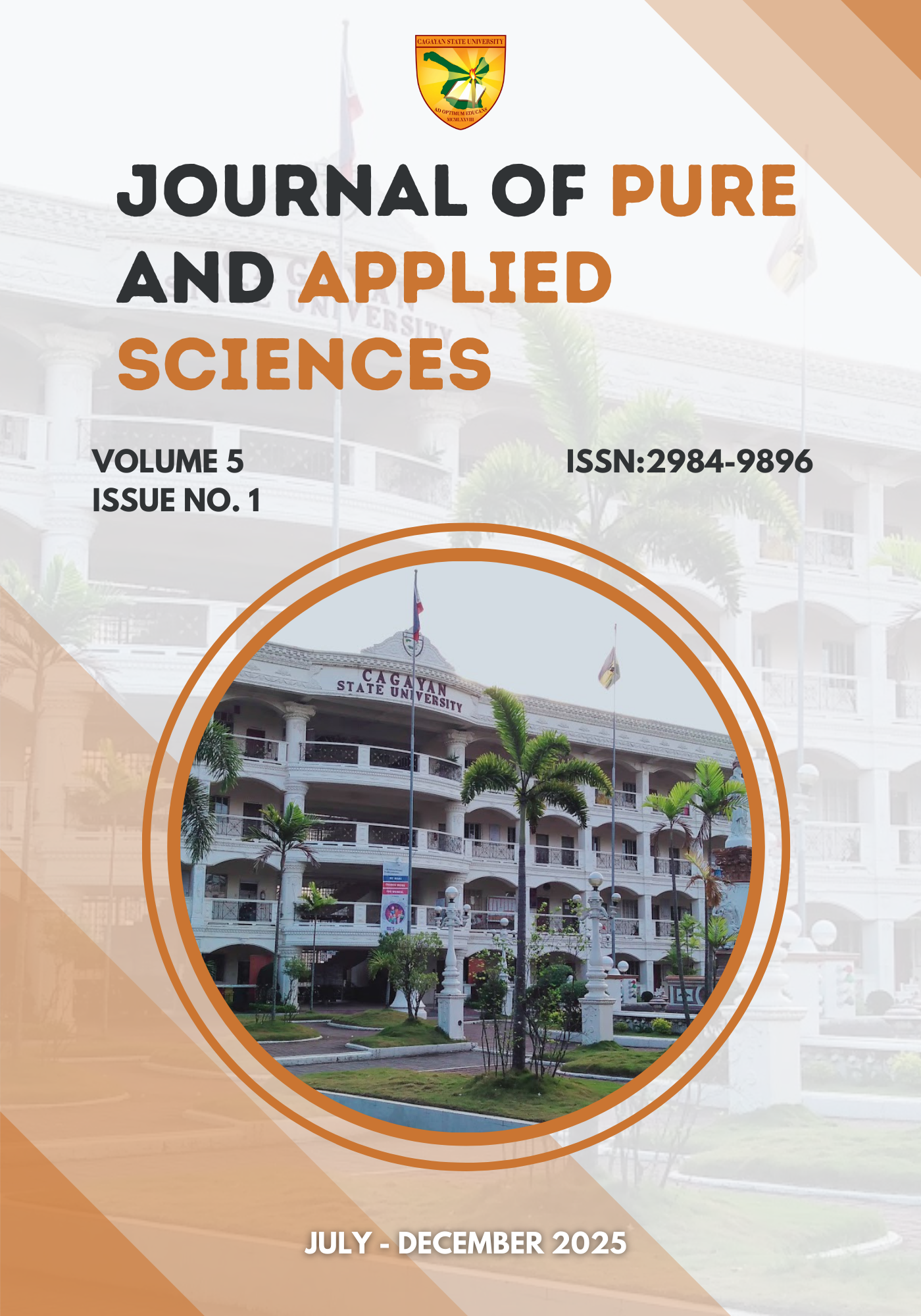Effect of Philippine Rice Wine (Tapey) in Sodium Nitrite Induced Methemoglobinemia in Sprague-Dawley Rats: Input for Management of Glucose-6-Phosphate Dehydrogenase (G6PD) Deficiency
Keywords:
Methemoglobinemia, G6PD deficiency, Philippine rice wine, Sodium Nitrite (NaNo2), Sprague-Dawley Rats, TapeyAbstract
Glucose-6-phosphate dehydrogenase (G6PD) is essential for the activity of NADPH-flavin reductase, an enzyme responsible for reducing methemoglobin to its oxygen-carrying form thus patients deficient with this enzyme can lead to methemoglobin accumulation, impairing oxygen transport and causing tissue hypoxia. This study evaluated the effectiveness of Philippine rice wine (Tapey) in reducing methemoglobin levels in Sprague-Dawley rats induced with sodium nitrite (NaNo2). The proximate analysis of the rice wine has a 8.11% ethanol concentration and a 1.82% crude protein content, suggesting superior protein content and acceptable ethanol level. Afterwards, the experiments followed an in vivo pre-test and post-test design. Spectrophotometric results showed that rice wine causes a 4.86% decrease of methemoglobin concentration compared to positive control (ascorbic acid) with only 3.61%, exhibiting a more effective methemoglobin reducing capacity, implying a statistical and clinical significance. Histopathology demonstrate a hepatic congestion, diffuse hepatocellular vacuolation, and multifocal micro necrosis which was consistent with the toxicological effects of sodium nitrite to the liver, however, the absence of extensive necrosis indicates a partial hepatoprotection of rice wine via converting methemoglobin to functional hemoglobin for oxygen transport. Thus these findings suggested that Philippine rice wine possesses potent antioxidant properties and may serve as a viable alternative or complementary treatment for methemoglobinemia, in relation to the management of G6PD deficient patients, especially in resource-limited settings or among populations with contraindications to conventional therapies.

